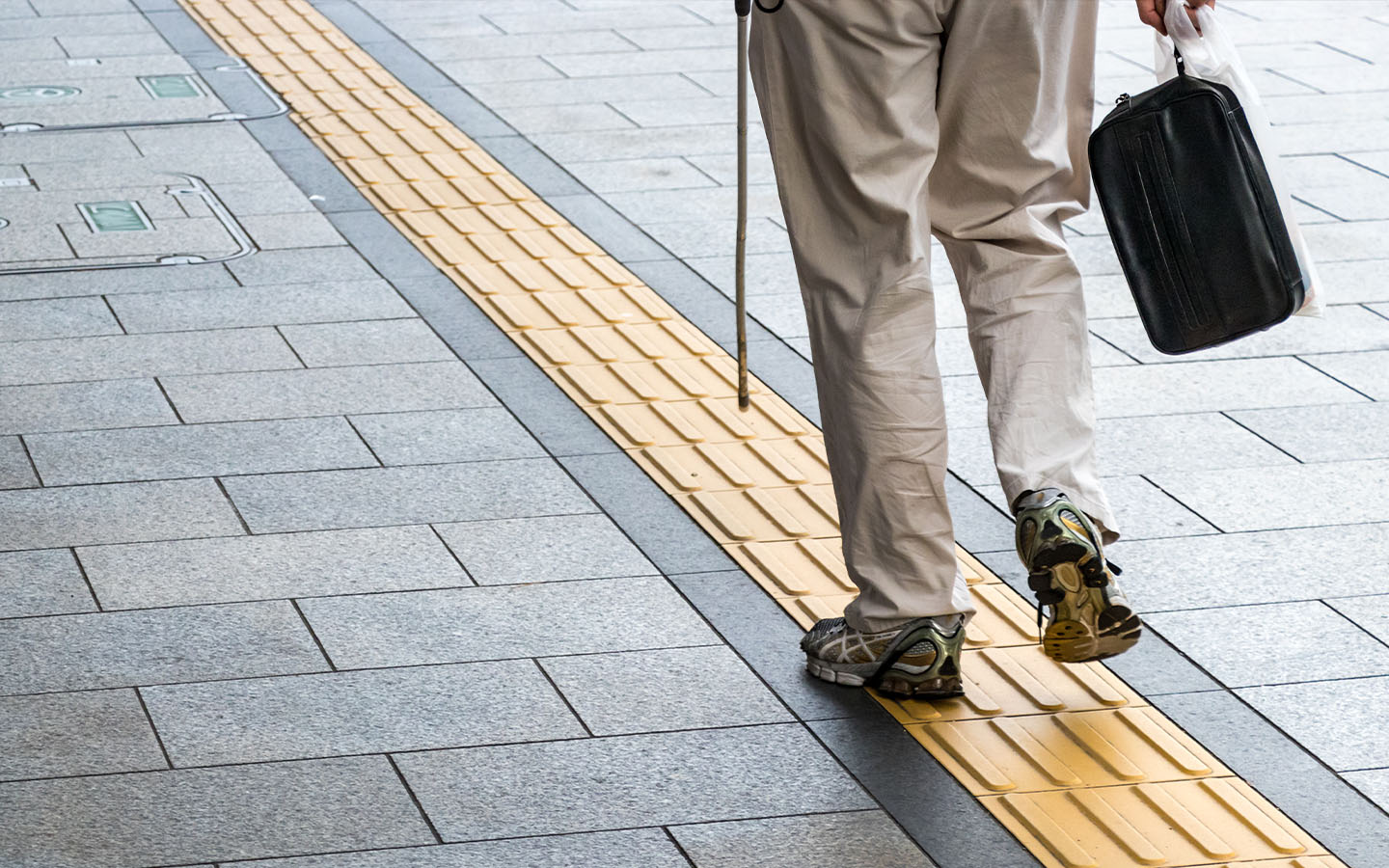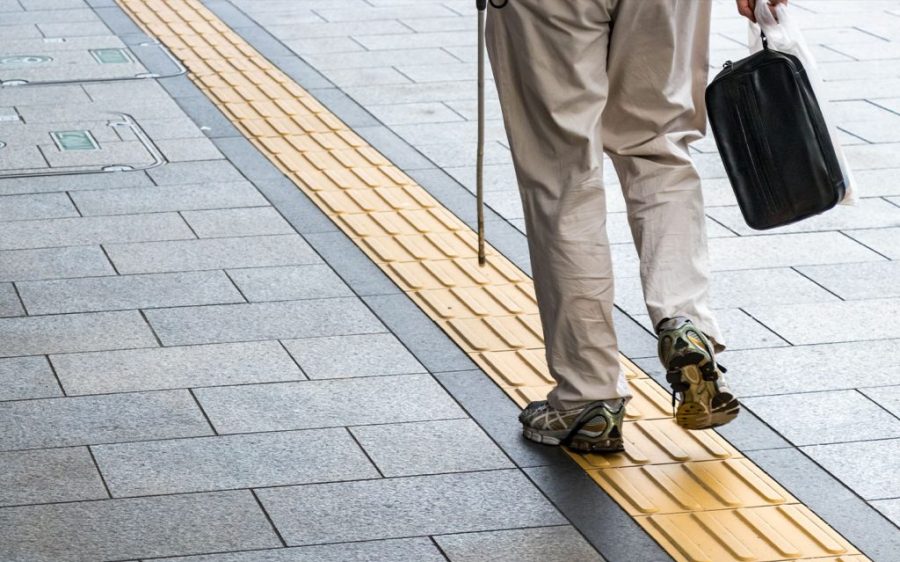Significant shortcomings in the planning and execution of barrier-free pedestrian facilities for visually impaired people in Macao have been revealed by a new report from the Commission of Audit.
The report, which was cited by the Macau Daily Times, focused on 34 medium and short-term accessibility projects proposed by a working group established back in 2013, and held a steering group responsible for planning rehabilitation services from 2016 to 2025 accountable for the projects’ deficiencies.
It noted that many of the projects had been reported as completed, even though work had barely begun – raising serious concerns around transparency and accountability. The report, which has been submitted to outgoing Chief Executive Ho Iat Seng, described the projects as lacking clear deadlines, scope, implementation details or cohesive planning.
[See more: Is Macao as deaf-friendly as it could be?]
“[They] contained only generic descriptions and no reference was found to the public service responsible for coordinating and distributing the tasks contained in the plans, nor to the implementation of the work to be carried out,” the commission said.
It suggested that departments may have misallocated their resources to create facilities that, ultimately, do not meet the needs of visually impaired users. The report also highlighted a lack of tactile guidance systems in many public places including parks, hospitals, and libraries.
Facilities, the report said, “were not connected by tactile orientation paving,” while the most frequented public places did not have tactile orientation paving, and there were areas of the city that were not connected by tactile orientation paving.”






